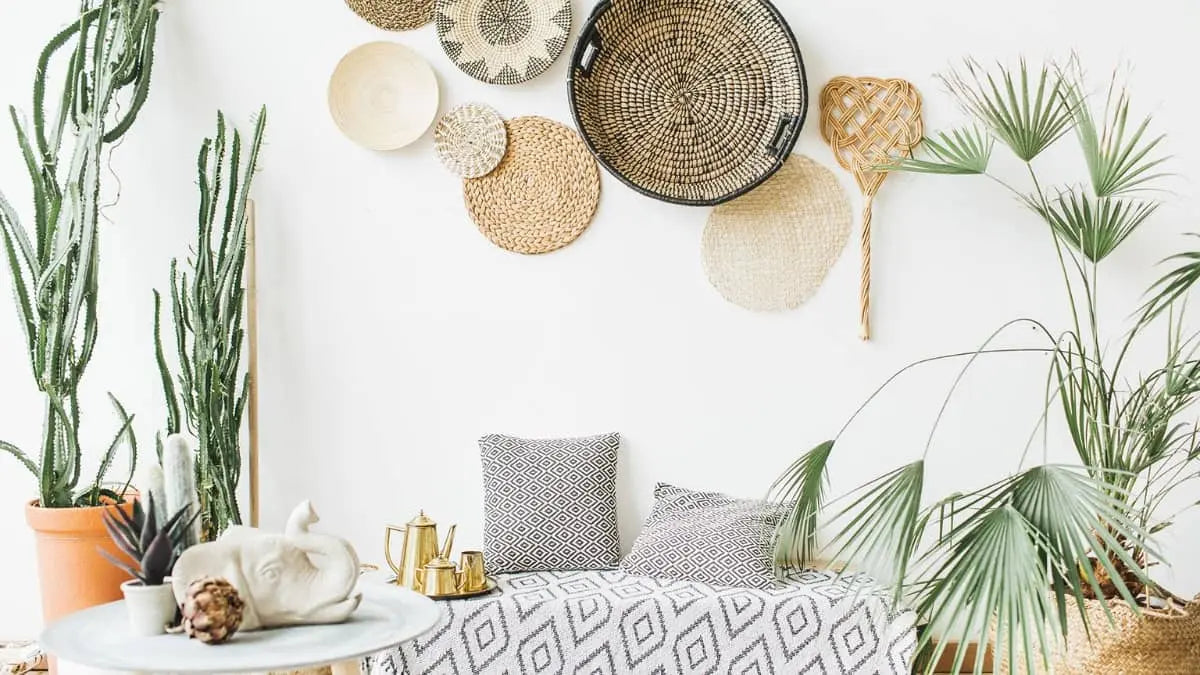
Instagram. Pinterest. Design blogs. Home magazines. Mothers-in-law. There is no shortage of places to turn to for tips, inspiration and advice when the re-decorating bug hits.
But before you strip that wallpaper, select a new stain for that wood floor or hit the furniture store, do a little research about how to tackle your project in the most sustainable way possible.
Here are five eco-friendly home decor tips to get you started:
- Know what your stuff is made of: From textiles to furniture and flooring, there are some materials that will be more sustainable than others, so do your homework ahead of time and ask the right questions to determine if you’re making sustainable choices. For example, opt for natural fibers for rugs like wool, cotton or jute. Chose wood chairs over plastic molded chairs and when you do, look for the Forest Stewardship Council certification to ensure that products come from responsibly managed forests that provide environmental, social and economic benefits.
- Shop vintage or garage sales: One way to give your home a unique look that reflects your style is to avoid the stores where everybody is buying the same furnishings and accessories. Shopping vintage, thrift and garage sales will give you access to great finds that showcase your own style and personality and at the same time, provide a new life for furnishings and accessories that may have otherwise ended up discarded. Remember that “re-use” is as important as “reduce” and “recycle”.
- Choose your paint wisely: Some paints are sources of volatile organic compounds (VOCs) which can produce toxic emissions into the atmosphere long after you’ve cleaned the rollers and responsibly discarded the paint cans. They’re bad for the environment and bad for the indoor air that your family is breathing. Fortunately, there are now many low- or zero-VOC paints available. Be sure you seek them out when it’s time to change up the color on your walls.
- Decorate with plants: We did an entire blog post about the benefits of decorating with plants but felt it was important to include it again here. Several types of plants can actually help improve indoor air quality. In layman’s terms, the plants can “pull” bad air caused by VOCs (see above bullet about paints!) into their roots and out of the air. Also, they look great and add life to any room.
- Consider your accessories: We often think about paints, floor coverings and furniture when redecorating, but it’s also important to think about all of the accessories that hang on the wall, dot shelves and tabletops and fill cabinets. When choosing candles, for instance, opt for candles made with natural materials like soy or beeswax and scented with essentials oils. Cheaper candles may contain VOCs (yep – just like the paints). And, of course, we’d be remiss if we didn’t recommend sustainable, plant-based tableware like Zungleboo plates and bowls.
We sourced some of these ideas from The Spruce, House Beautiful and E-luxe magazine and encourage you to do additional research before undertaking a big decorating project.




